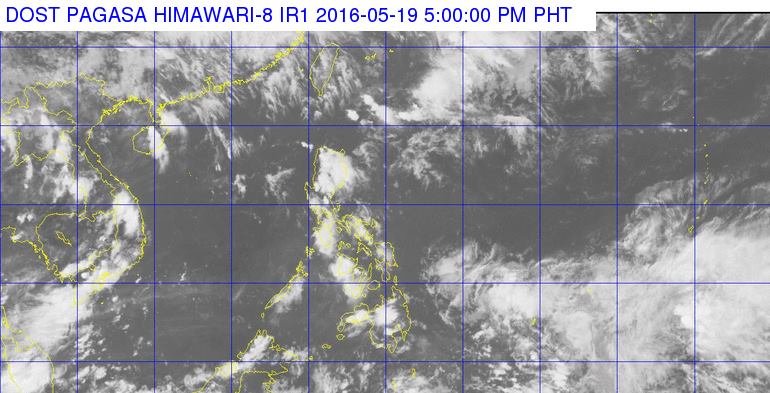
MANILA – The Philippine Atmospheric, Geophysical and Astronomical Services Administration (PAGASA) on Thursday said that the country is now in a transition period from the dry to rainy season.
PAGASA weather forecaster Jun Galang said increased cloudiness and rains later in the day as well as the frequent presence of an Intertropical Convergence Zone (ITCZ) a near Mindanao are minor indications of the coming rainy season.
“Sa ngayon, nasa transition period na tayo from summer to wet season,” he told the Philippines News Agency (PNA).
Galang said they expect the onset of the rainy season happens around the end of the month of May to second week of June.
He noted the state weather bureau have yet to declare the onset of rainy season as there are “conditions” that have to be met.
Galang said the southwest monsoon or “habagat” must also be the dominant wind system in the country to declare the onset of the rainy season.
“So far hindi pa nag shift at wala pa masyadong hanging habagat ang namomonitor natin,”he explained.
Aside from the presence of the southwest monsoon or “hanging habagat,” he said another criteria before PAGASA can declare the beginning of the wet season includes the amount of rainfall, which must register a total of 25 millimeters or more, for five consecutive days in five major weather stations.
The southwest monsoon is the prevailing weather system in the country during rainy season or from June to early October, while the northeast monsoon or the “winter winds” normally starts during mid-October and ends in mid-February.
He said PAGASA does not see any weather disturbance near the Philippine territory that may intensify into a cyclone for the next two to three days or until the weekend.
The state weather bureau expects zero to one storm to affect the country for the month of May and June.
He noted that the first tropical cyclone to affect the country this year will be locally named “Ämbo”.
He said that fair weather will continues in most parts of the country including Metro Manila will be partly cloudy to cloudy with isolated rainshowers or thunderstorms.
Despite a fair weather, the occurrence of isolated rains will still prevail due to localized thunderstorms mostly in the afternoon or evening.
The state weather bureau explained that the convective activity brought about by intense heat triggers the formation of more cumulonimbus clouds or dark clouds associated with thunderstorms that brings rains.